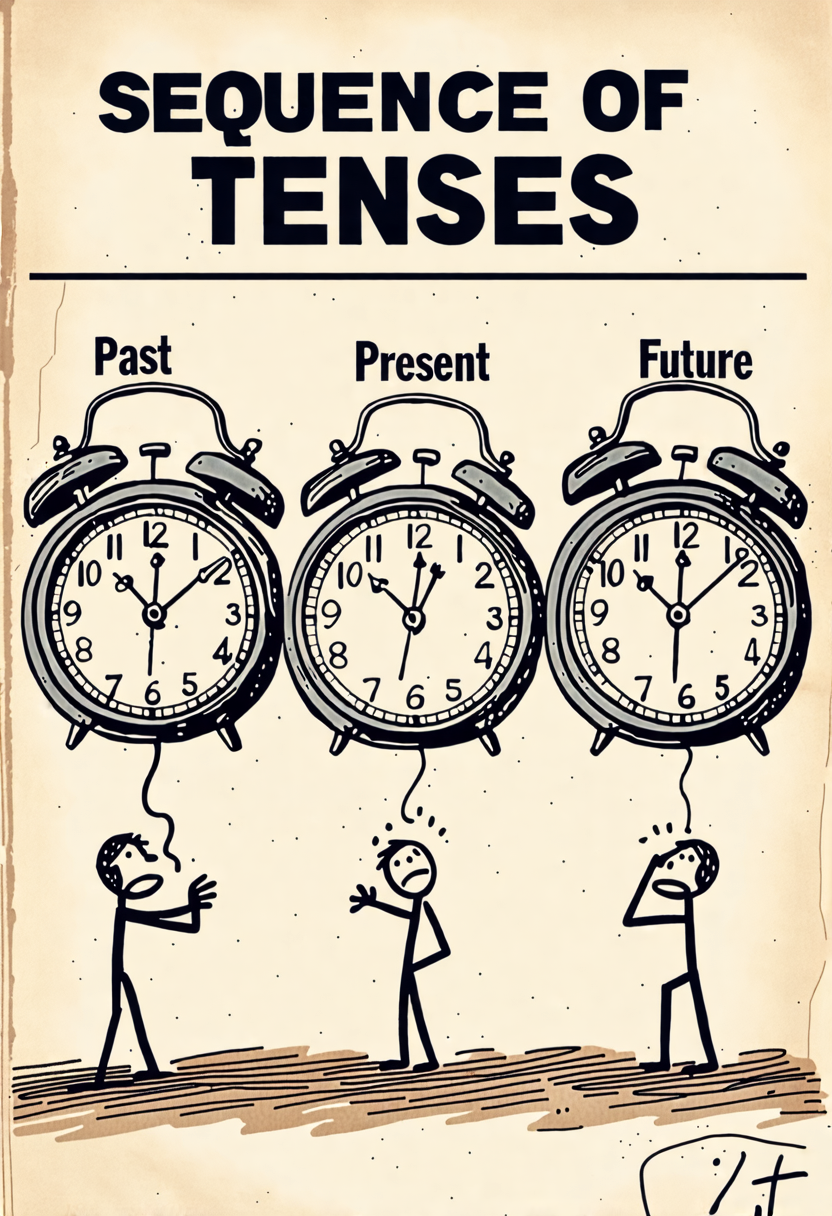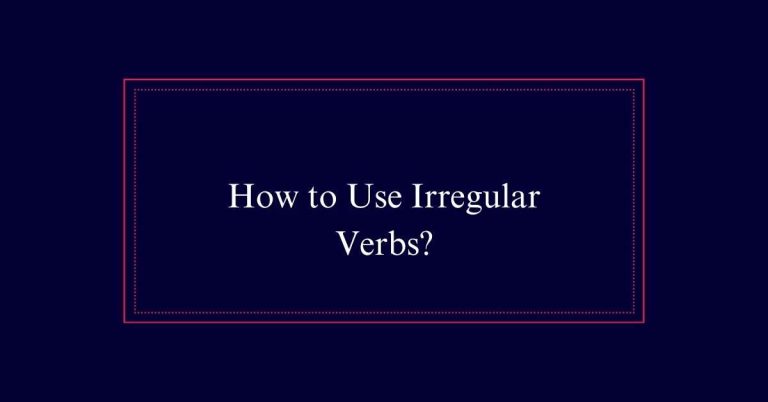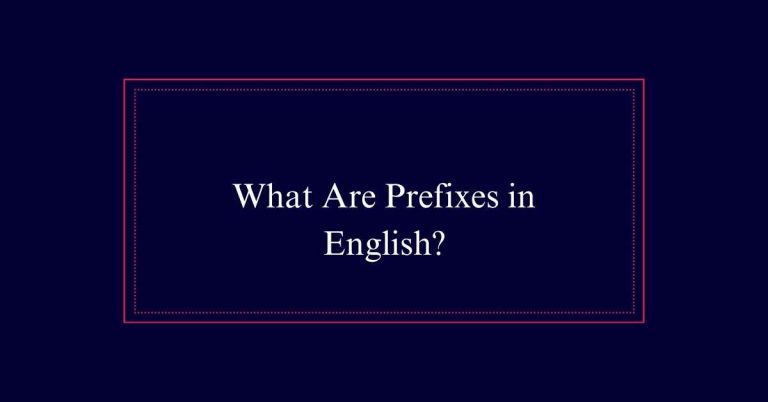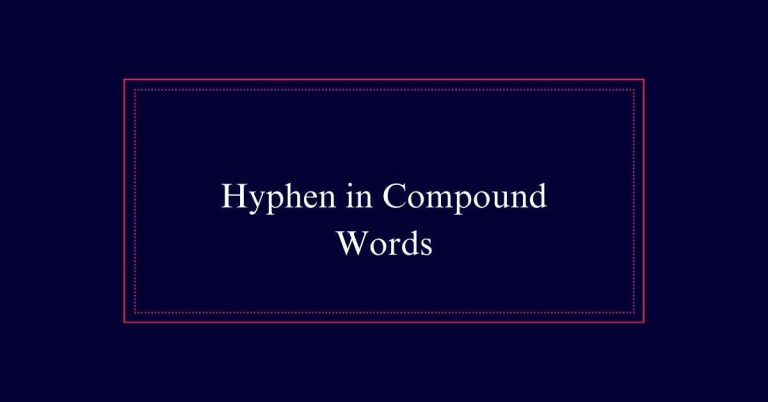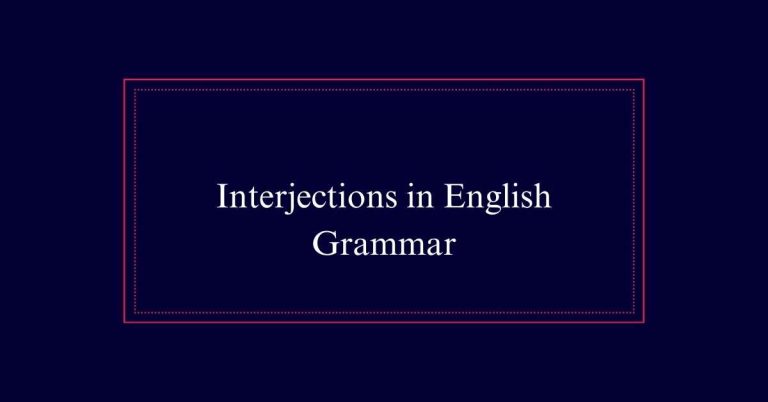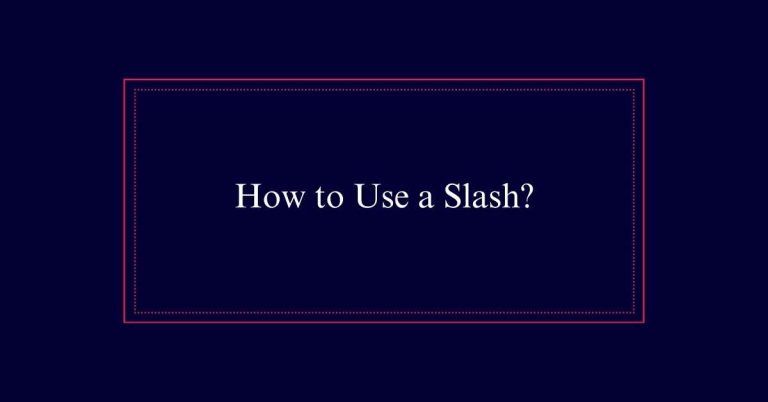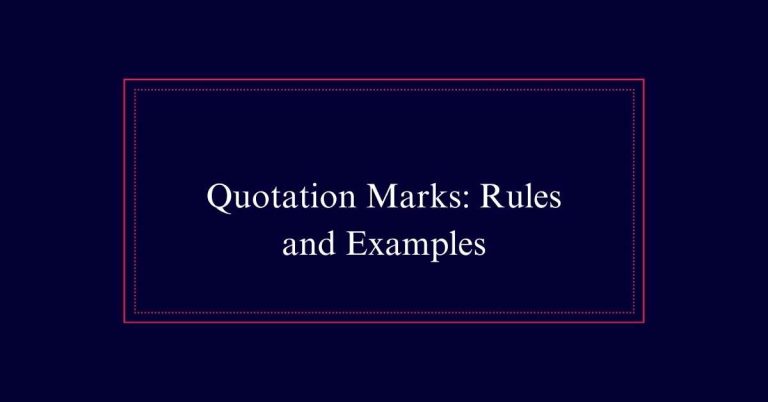Sequence of Tenses
The sequence of tenses is a grammar rule that guarantees verbs align correctly with the timeline of actions to greatly maintain clarity. Past actions appear in the past tense, present actions in the present tense, and future actions follow suit. Mixing tenses can confuse readers.
Consistency is key—dependent clauses should align with the tense of the independent clause they relate to. However, universal truths can remain in the present tense regardless of the surrounding tenses.
Logic Dictates Verb Tenses
Aligning verb tenses logically is crucial for clear and coherent writing. Actions in the future cannot precede actions in the past. Past actions must come before present actions, and present actions must come before future actions. This sequence guarantees that readers can follow the timeline of events.
For example, an independent clause in the past tense requires dependent clauses to also be in the past tense: ‘The cat was bathing because his feet were dirty.’ Mixing tenses within related clauses can confuse readers. However, an exception exists for universal truths, which can follow past tense and remain in the present tense.
Aligning Actions in Writing
Proper alignment of actions in writing guarantees that readers can easily follow the sequence of events. Ensuring that verbs are in the correct tense based on the timeline of actions is essential.
For instance, if an independent clause is in the past tense, any dependent clause must also be in the past tense. This maintains clarity and coherence. Avoid mixing past, present, and future tenses within related clauses.
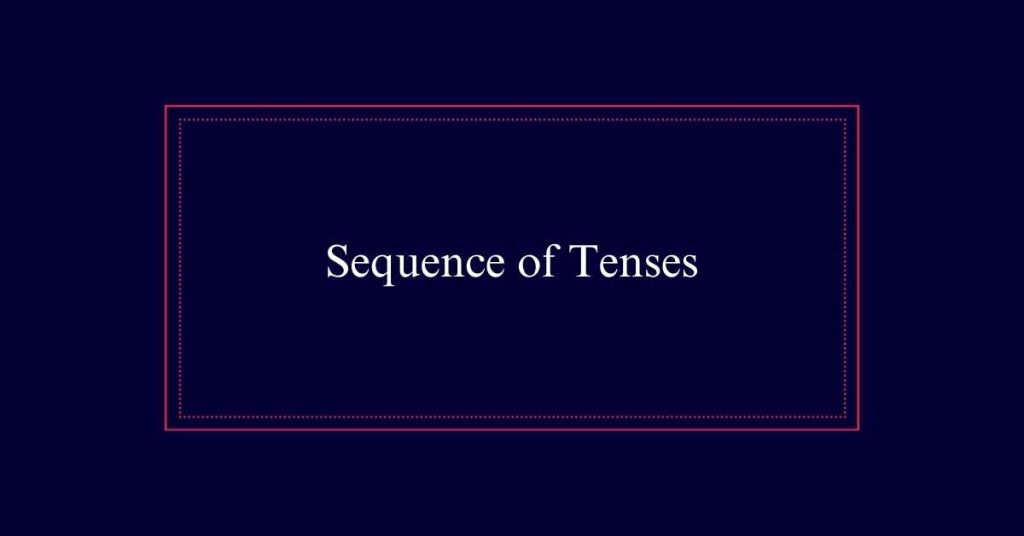
Past Actions and Present Actions
When discussing past and present actions, it is important to maintain a clear timeline by using the appropriate verb tenses. Past actions should be clearly marked by past tense verbs, while present actions should use present tense verbs.
For example, ‘She finished her homework and now she is watching TV.’ This sentence shows a past action followed by a present action. Mixing past and present tenses within related clauses can confuse the timeline and disrupt clarity. Consistency in tense usage guarantees that the reader can easily follow the sequence of events.
However, universal truths can be an exception, such as “The scientists discovered that water boils at 100 degrees Celsius,” where the present tense indicates an unchanging fact.
Future Actions and Past Actions
Understanding how to correctly sequence future actions and past actions is essential for clear and logical writing.
When describing events, it’s important to remember that future actions cannot occur before past actions. For instance, ‘She will call after she finished her homework’ is incorrect. Instead, use ‘She will call after she finishes her homework.’ This maintains a logical sequence.
Similarly, if you’re discussing a future action that depends on a past action, it’s crucial to use the correct tense. For example, ‘He will travel once he has saved enough money.’ This keeps the timeline clear.
Dependent and Independent Clauses
Dependent and independent clauses are fundamental components of sentence structure, each serving distinct roles in conveying clear meaning. An independent clause can stand alone as a complete sentence. It has a subject and a verb and expresses a complete thought. For example, ‘The sun sets in the west.’
Conversely, a dependent clause cannot stand alone. It relies on an independent clause to provide context and complete the sentence. An example is, ‘because it was raining,’ which needs an independent clause like, ‘We stayed inside,’ to form a complete sentence: ‘We stayed inside because it was raining.’
Result and If-Clauses
Result and if-clauses are essential for expressing conditions and their outcomes in sentences. They help in creating logical relationships between actions. The sequence of tenses in these clauses must be consistent to guarantee clarity. If-clauses often use present or past tenses to indicate conditions, while result clauses use future or conditional tenses to show outcomes.
| If-Clause (Condition) | Result-Clause (Outcome) |
|---|---|
| If it rains, | we will stay indoors. |
| If she had studied, | she would have passed. |
| If they arrive on time, | we can start the meeting. |
Past Tense Consistency
Maintaining past tense consistency is important for ensuring clear and coherent communication in writing. When an independent clause is in the past tense, all dependent clauses should also be in the past tense.
For instance, ‘The cat was bathing because his feet were dirty’ maintains a consistent past tense. Mixing tenses within related clauses can confuse readers and disrupt the timeline of events. Therefore, ‘The cat was bathing because his feet are dirty’ should be avoided.
Universal Truths Exception
Universal truths can be expressed in the present tense even when the main clause is in the past tense. This exception exists because universal truths are considered timeless facts. They remain constant regardless of the timeframe of the main clause.
For example, one might say, ‘The ancient philosophers believed that the Earth orbits the Sun.’ Here, ‘the Earth orbits the Sun’ is a universal truth. It is valid in the past, present, and future. This usage enhances clarity and emphasizes the enduring nature of these facts.
Non-Chronological Verb Order
Non-chronological verb order allows writers to present actions in a logical sequence rather than a strict temporal sequence. This technique is useful when the focus is on the causality or relationship between events, rather than the exact order in which they occur.
For instance, in the sentence ‘Athena will continue to learn English when she gets to the States,’ the future action (learning English) is placed before the present action (getting to the States) for logical clarity. Using temporal conjunctions like ‘when’ or ‘before’ helps to clearly establish the sequence of events.
